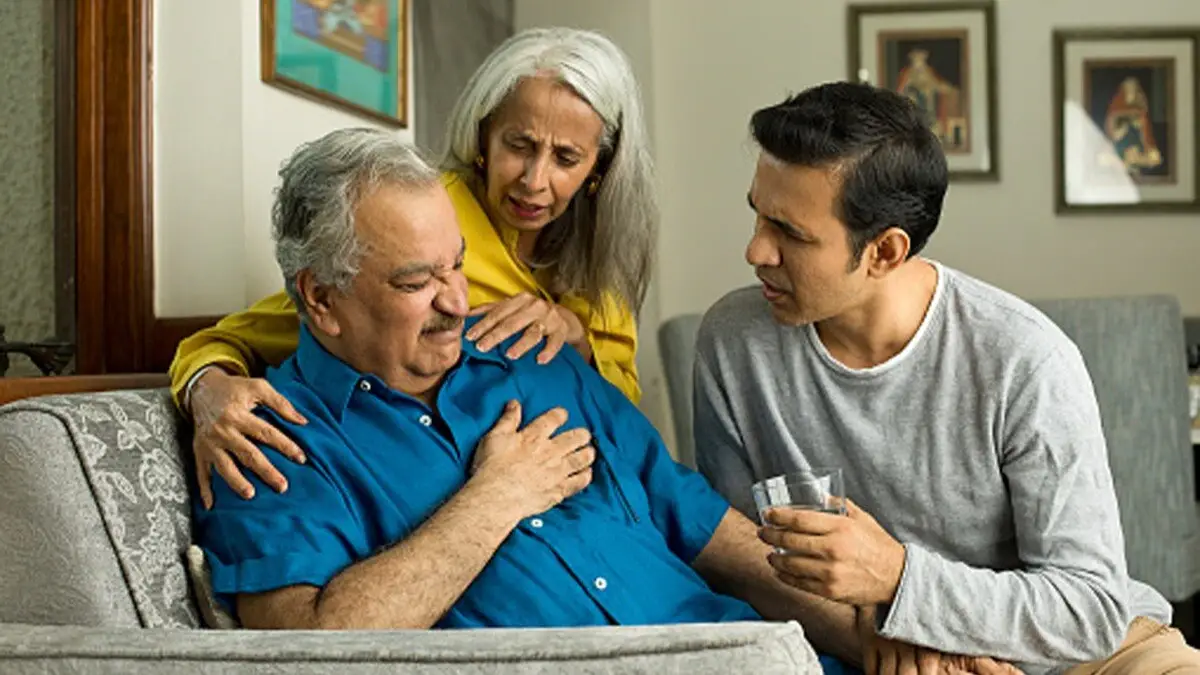- Chest Pain: Men are more likely to experience intense chest pain or discomfort, often described as a feeling of pressure, squeezing, fullness, or pain in the center of the chest.
- Radiating Pain: The pain or discomfort can extend beyond the chest to the shoulders, arms, back, neck, teeth, or jaw.
- Shortness of Breath: Men may experience shortness of breath, either before or during the cardiac arrest.
- Other Symptoms: Cold sweat, nausea, and lightheadedness are also common.
Symptoms in Women:
- Chest Pain: While women can also experience chest pain, it is often less intense than in men. They might describe it as a sharp, burning chest discomfort.
- Unusual Fatigue: Women may feel severe, unexplained fatigue or tiredness, which can occur days or weeks before the cardiac arrest.
- Shortness of Breath: Women may experience this without any chest pain.
- Other Symptoms: Indigestion, heartburn, abdominal pain, or nausea can be more prominent in women. They may also experience dizziness, lightheadedness, or fainting.
Understanding the Differences
These differences can be attributed to various factors, including hormonal variations and how pain is perceived and reported by different genders. It’s crucial to recognize that while chest pain is a common symptom, especially in men, women may experience cardiac arrest without it.
Prevention of Cardiac Arrest
- Healthy Lifestyle Choices: Maintaining a healthy diet, engaging in regular physical activity, and avoiding smoking are fundamental in preventing cardiac arrest. Reducing intake of saturated fats, trans fats, and cholesterol-rich foods is beneficial.
- Manage Chronic Conditions: Keep conditions like high blood pressure, high cholesterol, and diabetes under control through medication and lifestyle changes.
- Regular Health Screenings: Regular check-ups are important, especially if there are risk factors like a family history of heart disease.
- Stress Management: Chronic stress can contribute to heart problems. Techniques like meditation, deep breathing exercises, and yoga can help manage stress.
- Understand and Recognize Symptoms: Awareness of the varying symptoms of cardiac arrest in men and women can lead to quicker response and treatment.
Recognizing the different symptoms of cardiac arrest in men and women is crucial for timely medical intervention. Both genders should be aware of these differences and the importance of a heart-healthy lifestyle. Regular medical check-ups and being vigilant about heart health can significantly reduce the risk of cardiac arrest. In case of any cardiac symptoms, immediate medical attention is paramount, regardless of gender.
